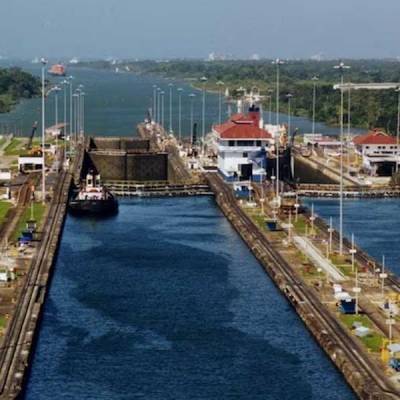Panama Canal drought and it's impact on global trade
01 Sep 2023

The Panama Canal, a vital conduit connecting the Atlantic and Pacific Oceans, is facing an unprecedented challenge as severe drought conditions persist, posing significant limitations on vessel traffic and draft depth. Despite the conclusion of the rainy season in the country, the canal's water levels have failed to recover adequately. Consequently, the Panama Canal Authority has made the decision to extend water restrictions throughout the entirety of 2024.
This protracted water scarcity issue raises concerns about further disruptions and delays within the global supply chain, as the Panama Canal serves as a pivotal artery for international trade. The adverse effects of this prolonged drought directly impact vessels that rely on the canal for expeditious and efficient navigation between the world's major oceans.
The Panama Canal, a remarkable feat of engineering, spans approximately 65 kilometers from shoreline to shoreline. It plays a pivotal role in enabling ships to circumvent the lengthy and perilous journey around the southern tip of South America. This vital waterway, which was officially completed in August 1914, effectively shortens the maritime distance between the Atlantic or Caribbean Sea and the Pacific Ocean by approximately 82 kilometers.
The decision to extend water restrictions underscores the seriousness of the ongoing water crisis and its implications for global trade. The Panama Canal's authority is proactively addressing the situation to ensure the safety and efficiency of maritime traffic, even as they grapple with the challenges posed by nature.
As the world continues to rely on the Panama Canal for the smooth flow of goods and commodities, the ongoing drought and resultant restrictions highlight the vulnerability of critical global trade routes to environmental factors. The global shipping industry and stakeholders will closely monitor developments in this important waterway.
Related Stories

